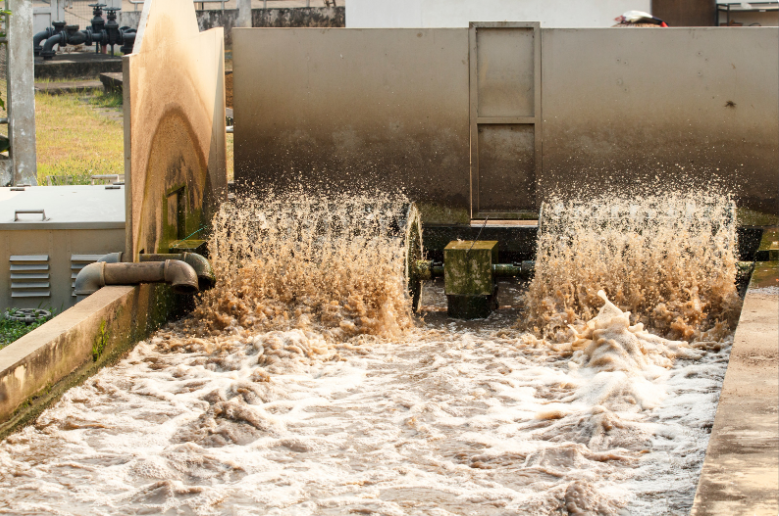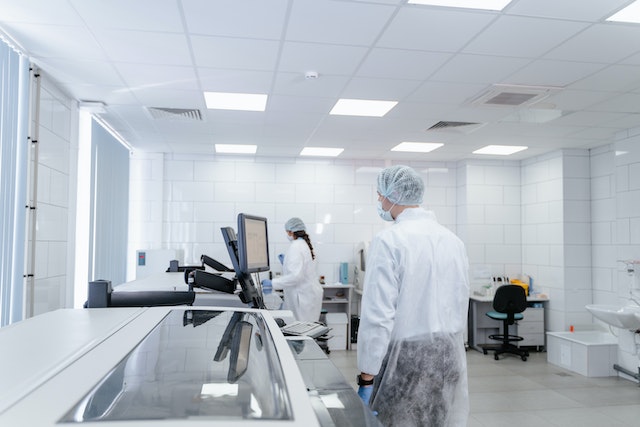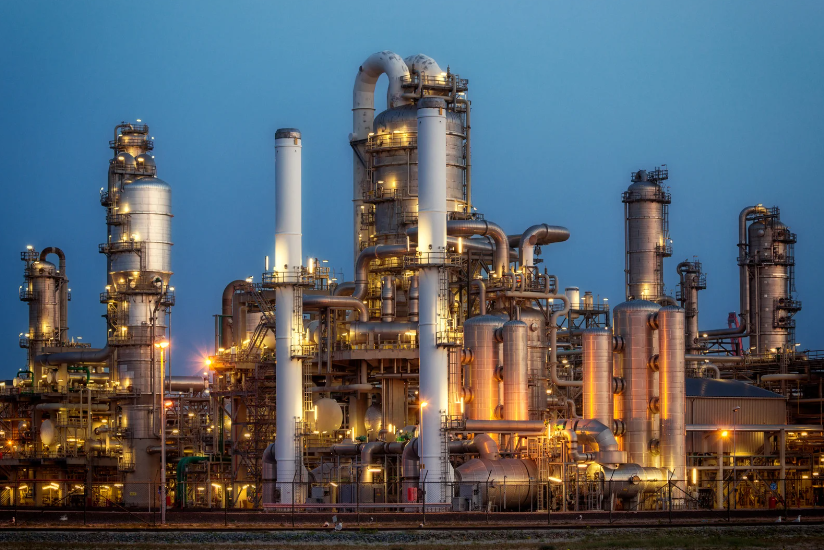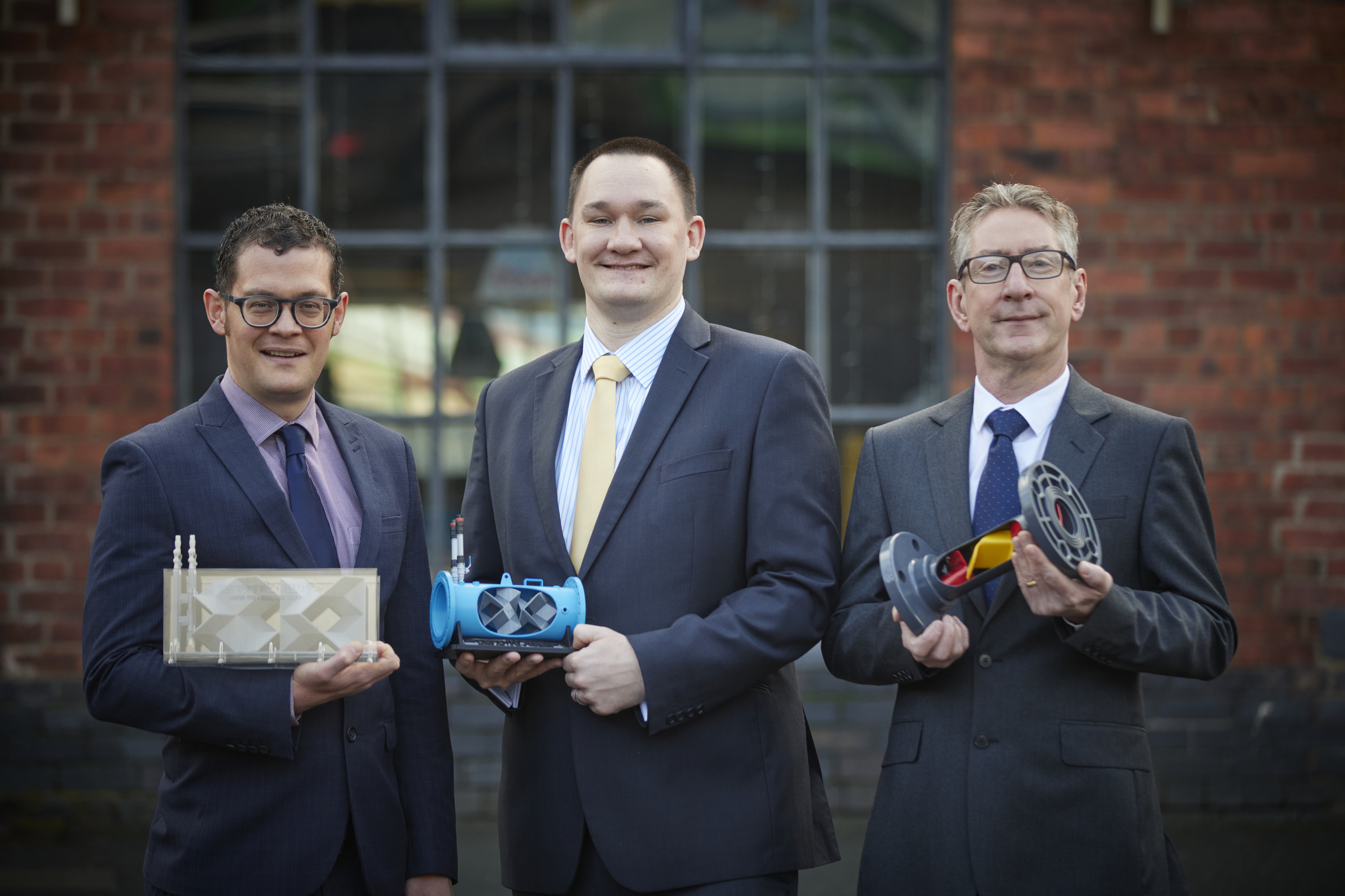The pharmaceutical industry demands a strict hygiene protocol to maintain the safety and quality of…

COD (Chemical Oxygen Demand) and BOD (Biochemical Oxygen Demand) are important indicators of the amount of organic matter present in wastewater that can be oxidised and are key parameters for determining the level of organic pollutants present in wastewater.
- BOD – Signifies the amount of dissolved oxygen consumed by microorganisms as they decompose organic waste matter in water.
- COD – Represents the volume of oxygen consumed when a water sample is chemically oxidised.
High levels of COD and BOD indicate increased organic solubles in the fluid, so keeping COD and BOD within permissible limits is essential for maintaining the quality of your effluent. This is particularly important if this effluent is discharged into water systems, as high levels of COD and BOD are likely to have a significant impact on aquatic life. Regular monitoring and management of COD and BOD levels can control environmental pollution and increase sustainability – but are there ways to reduce levels if they are higher than the accepted tolerances?
COD And BOD Reduction In Wastewater Treatment – Why It’s Important
Efforts to reduce the volume of organic matter in wastewater are crucial in ensuring the cleanliness and safety of treated effluent. This process involves breaking down the complex organic compounds in wastewater into simpler, more manageable forms. By reducing the COD/BOD levels, process engineers can effectively negate the harmful impact of wastewater discharge on the environment and protect the health of aquatic life. The use of advanced treatment methods, including a range of biological and chemical processes, can greatly aid in this mission.
1. Microbial Action
One of the most effective ways of reducing BOD and COD in wastewater treatment is to use controlled microbial action to break down or decompose the soluble organic matter. This natural method involves adding specific bacteria or microorganisms to the wastewater, which then breaks down the organic compounds. The bacteria use oxygen to transform pollutants into more complex compounds, which eventually settle or move through the wastewater treatment process.
Harnessing the appetites and natural processes of microorganisms will result in a more efficient and environmentally friendly treatment process and help lower costs by reducing your dependence on chemicals. It is important to note, however, that introducing bacteria or microorganisms requires the correct handling procedures and care throughout the process. Environmental factors such as water temperature, pH, and the presence of other pollutants can also affect the success of the microbial action process.
2. Activated Carbon
Activated carbon adsorption takes place in the post-treatment process, where carbon is introduced into the wastewater to absorb organic compounds, ozone, and soluble chlorine residues from cleaning chemicals. Activated carbon can also remove organic compounds that microbes cannot break down, such as those found in pharmaceutical effluent – so is often used in conjunction with microbial digestion. The downside is that activated carbon consumes more energy and is often more expensive than other solutions.
3. Wastewater Separation
Wastewater separation involves the use of coagulants and flocculants as part of the primary treatment process. These elements remove organic matter from wastewater and prevent microbes from growing and competing for dissolved oxygen. Coagulation involves destabilising the wastewater by adding positively charged ions, which attract negatively charged soluble pollutants and cause them to come together in clumps. Flocculation adds further chemicals that prompt the aggregation of larger particles which settle to the bottom of the tank and can be filtered out. Combining coagulation and flocculation facilitates the complete separation and removal of suspended solids from wastewater.
Enquire Now To Find Out More About Our Wastewater Treatment Solutions
Static mixers help reduce COD and BOD levels in wastewater treatment by promoting the effective mixing of coagulants, flocculants, and other sanitisation chemicals, thereby ensuring a more efficient and effective treatment cycle and a cleaner effluent.
Statiflo are the market-leading producer of static mixing equipment for the wastewater treatment and management sector, and our products are used by customers to increase the efficiency of the coagulation and flocculation stages of the treatment cycle. Please get in touch today to find out more.
Image Source: Canva



